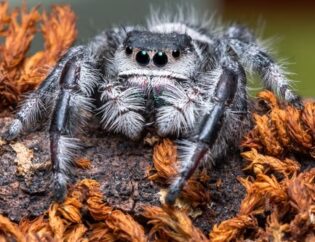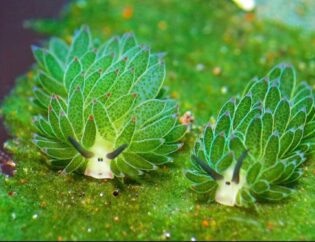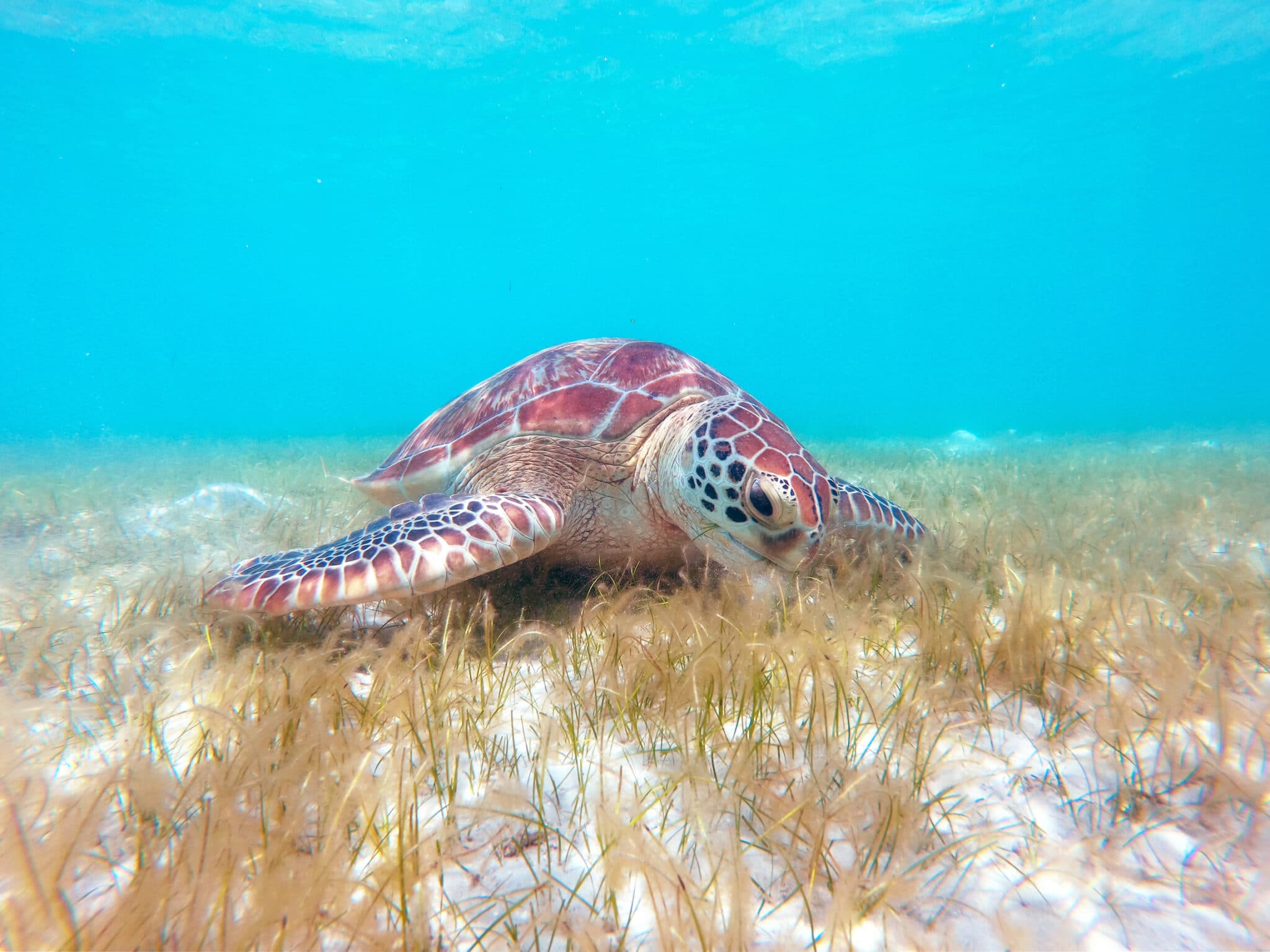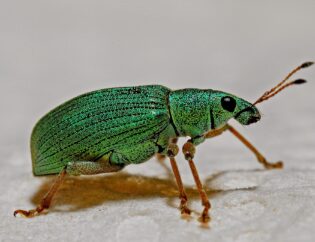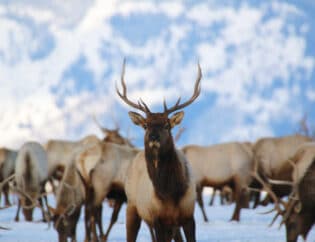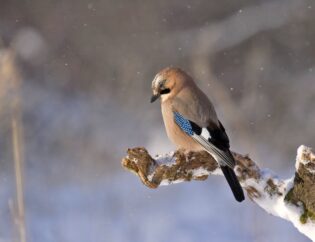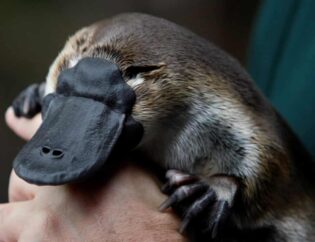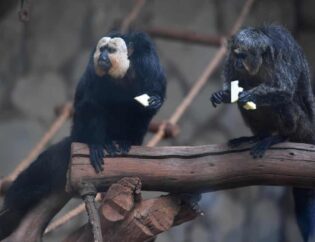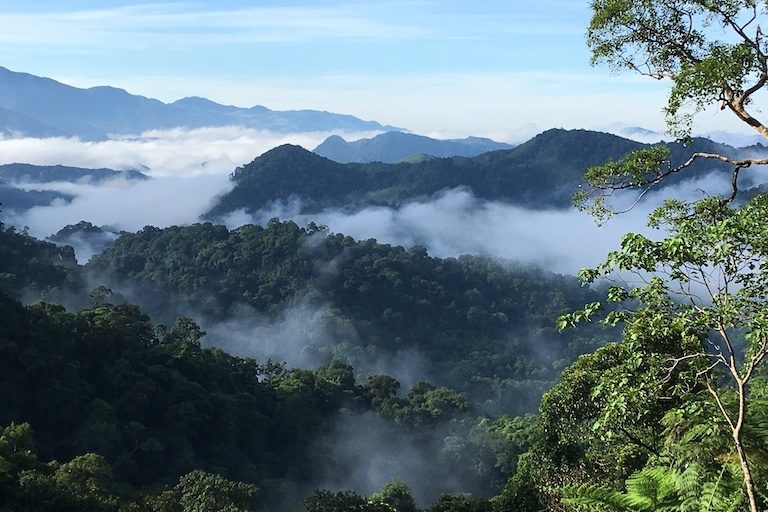
In a move wildlife conservationists are hailing as a victory, Vietnam has established a new nature reserve encompassing critical habitat for numerous species, several of them threatened globally with extinction. Threatened species thought to be living in the new reserve include the saola (Pseudoryx nghetinhensis), two species of muntjac deer (Muntiacus vuquangensis and M. truongsonensis), the Annamite striped rabbit (Nesolagus timminsi), the Sunda pangolin (Manis javanica), the southern white-cheeked gibbon (Nomascus siki), the red-shanked douc langur (Pygathrix nemaeus), and the crested argus (Rheinardia ocellata), which resembles a drab peacock.


